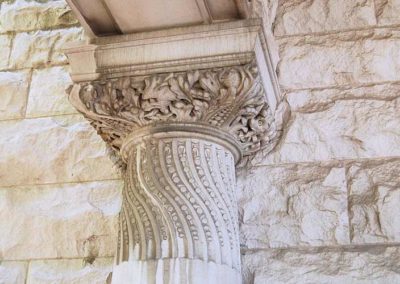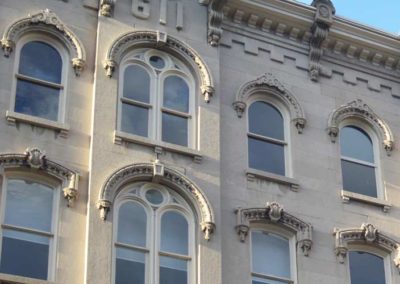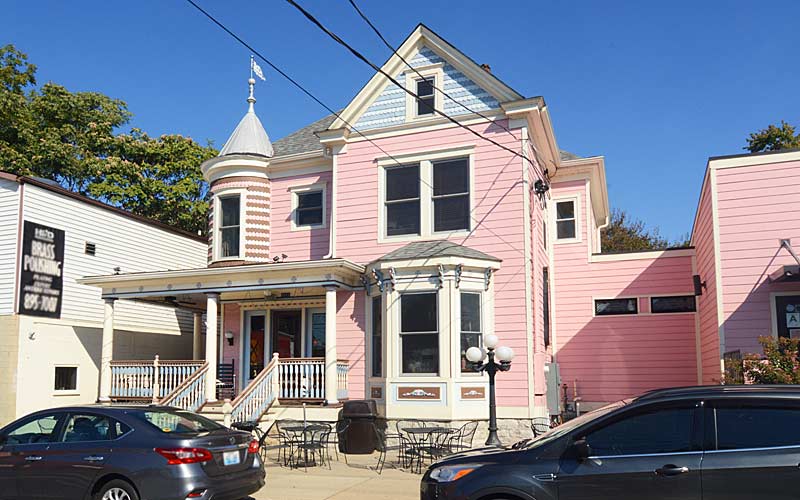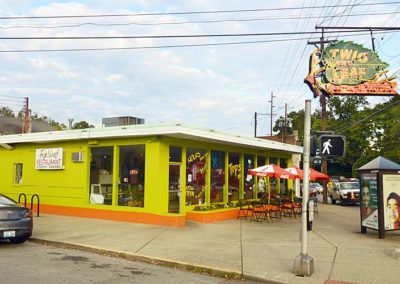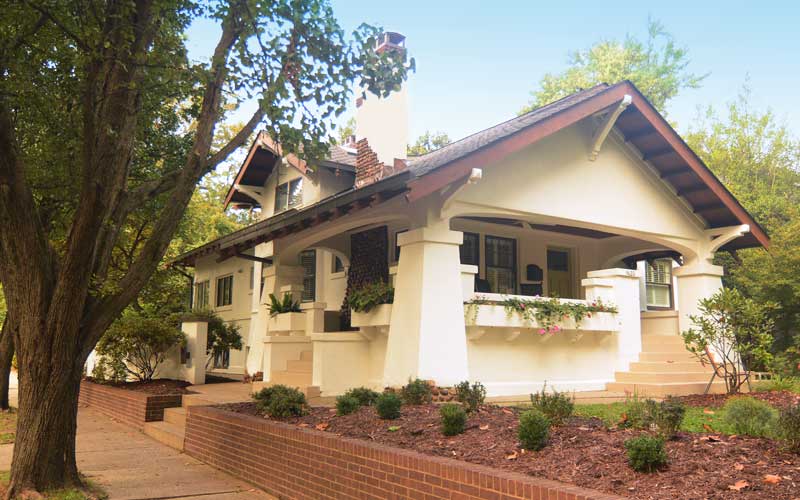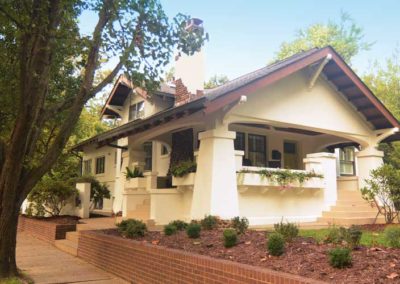Established in 1962, “Twig and Leaf” is a diner and local landmark located in the Douglass Loop area of the Highlands. In 2011, it was designated as a local landmark after a CVS pharmacy was rumored to be taking over the entire block. Area residents worked to save the diner.
In 1959, a local businessman renovated a small property, that had been a Dairy Freeze, into the style of the then-modern diner. Hap’s Big Burger Drive-In only lasted a year before the business was sold again.
There are several steps to petition for the designation of local landmarks. Two hundred signatures from within the county are sufficient to trigger the public discussion; of those signatures, 101 must be from residents living within a one-mile radius, or from within the council district in which the proposed landmark is located.
The Twig and Leaf collected a total 679 signatures, with 245 coming from within its council district.
There are nine specific criteria ranging from the property’s “embodiment of distinguishing characteristics of an architectural type or specimen” to “its identification with a person or persons who significantly contributed to the culture and development of Metro Louisville, the commonwealth, or the nation.” a property just needs to meet at least one of them.
The Twig and Leaf met a total of six.
www.thetwigandleaf.com


